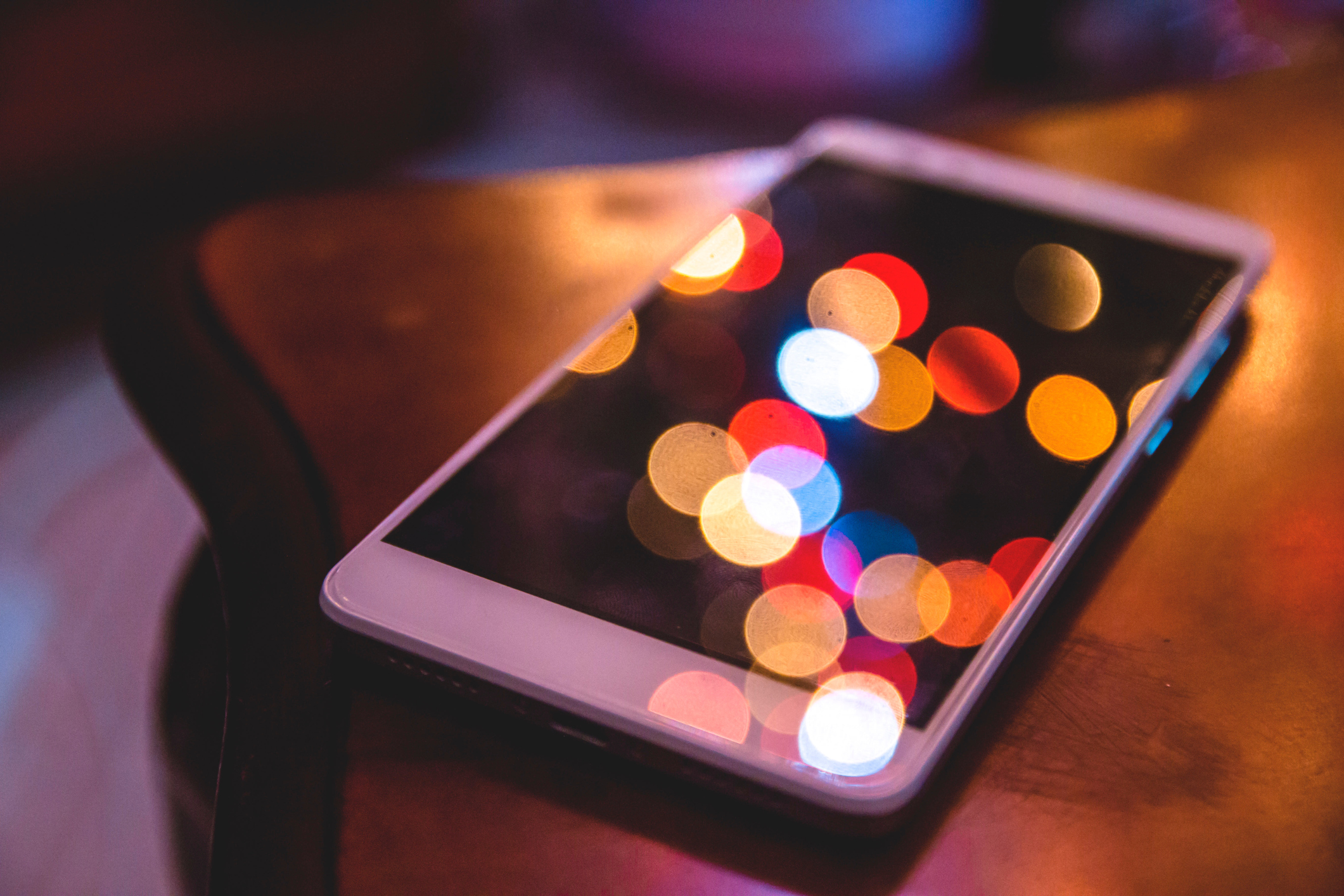When I first checked my phone this morning, I was surprised to see a text from a friend of mine. “Why on earth were you up at 2:30?” it read. I swiped to unlock. There it was: a text message I had sent at 2:30 a.m., even though I was sure I went to bed promptly at 11:00, just in time to get my eight hours. “Sorry,” I replied. “Sleep text.”
In a new study published in the Journal of American College Health, researchers looked at the nighttime habits of 372 students at two midsize universities, studying how technology affects sleep on college campuses. What they found was alarming — over a quarter of young adults are “sleep texters,” which the researchers define as individuals who “respond to or send a text message electronically while in a sleep state.” Their findings suggest that the behavior likely extends beyond campuses, and it’s taking a toll on sleep quality, which can prompt higher stress levels, more physical ailments and accidents, and even symptoms of anxiety.
I can’t remember when I first started sleep texting. I’ve always been a light sleeper, so I’d never been phased by my tendency to jot down half-awake reminders on a bedside Post-it, and because I’m admittedly still working on escorting my phone out of the bedroom each night, that’s wound up evolving into sending an occasional drowsy text message to confirm dinner plans in the middle of the night.
Curious about the reasons behind my after-dark habit, I reached out to the lead researcher of the study to find out the implications of my sleep texting. I had a slew of questions for her. For starters, why do I sleep text? Is there a way to break the habit? And most importantly, is it really such a bad thing?
Elizabeth Dowdell, Ph.D., RN, and a professor of nursing at Villanova University, tells Thrive that the connection between our devices and our sleep is closer than we think. “When you sleep text, there is a certain level of awareness in your actions. So chances are, the quality of your sleep is suffering,” she says. According to Dowdell, if you’re using your phone as your alarm clock, the device is probably right next to you, and it could be disturbing your sleep, whether you sleep text or not. “In an ideal world, we would all be sleeping with our phones in a different room entirely,” she says. “Our phones are our connection to the world, so it’s difficult to part from them — but keeping a physical distance from them can help us sleep more soundly.”
In terms of my own sleeping pattern, Dowdell says the science cannot yet tell us exactly why I feel the need to text during the night, but one thing is certain: Sleep texting is a behavior that I’ve accumulated over time. “Most people who sleep text actually started the behavior in high school or college,” she explains. “Earlier habits are harder to change, even when your environment changes. There’s a pattern of staying connected, and being part of what’s going on — and those tendencies can transfer down the line.”
Like any habit, it takes our own actions — microstep by microstep — to change it. “Technology is a powerful, wonderful thing,” Dowdell notes. “But we need to remember the control is ultimately in our own hands.”
If you find that your devices are affecting your sleep or even your daily well-being, you can adopt easy microsteps that will gradually start to change your behavior. And while I definitely need to finally invest in an old-fashioned alarm clock instead of relying so heavily on my phone, I’m convinced that I can shake my sleep texting habit, one (well-rested) night at a time.
According to Dowdell, here are three simple ways to start forming new, healthier habits:
Create physical space
As Dowdell notes, the healthiest way to deal with our devices at night is to keep them staying outside of our bedrooms — but she knows that can seem daunting, especially since we’re used to having our phones so close by. “Start by making a small change, like taking the phone out of your bed, or away from your nightstand,” she suggests. Instead of sleeping with our phones in arm’s distance, if you’re not yet ready to send it all the way out, Dowdell recommends starting with keeping your device across your bedroom — near the door, on the windowsill, or in a desk drawer. After you get used to that, you’ll be ready to send it out entirely.
Use nighttime settings
Setting boundaries with technology sounds like a big task, but with our devices’ pre-programmed capabilities, it’s easier than ever. We can utilize the settings on our phones to keep a healthy distance during nighttime hours. Dowdell suggests using Apple’s Screen Time limits to increase off-screen time during your day, and even putting your phone on Airplane mode or “Do Not Disturb” mode 30 minutes before you hit the pillow. (This one sounds intimidating, but my co-worker tried it and swears she slept like a baby.)
If you’re a parent, establish rules
I got my first cell phone in the eighth grade, and that was even considered early at the time. Dowdell points out that nowadays, kids are exposed to tech earlier than ever, so it’s important to take that into account if you’re a parent. “We need parents to teach their kids good technology habits from a younger age,” she emphasizes. “It’s important to ingrain behaviors that can set them up for natural boundaries later on.”
Follow us here and subscribe here for all the latest news on how you can keep Thriving.
Stay up to date or catch-up on all our podcasts with Arianna Huffington here.


